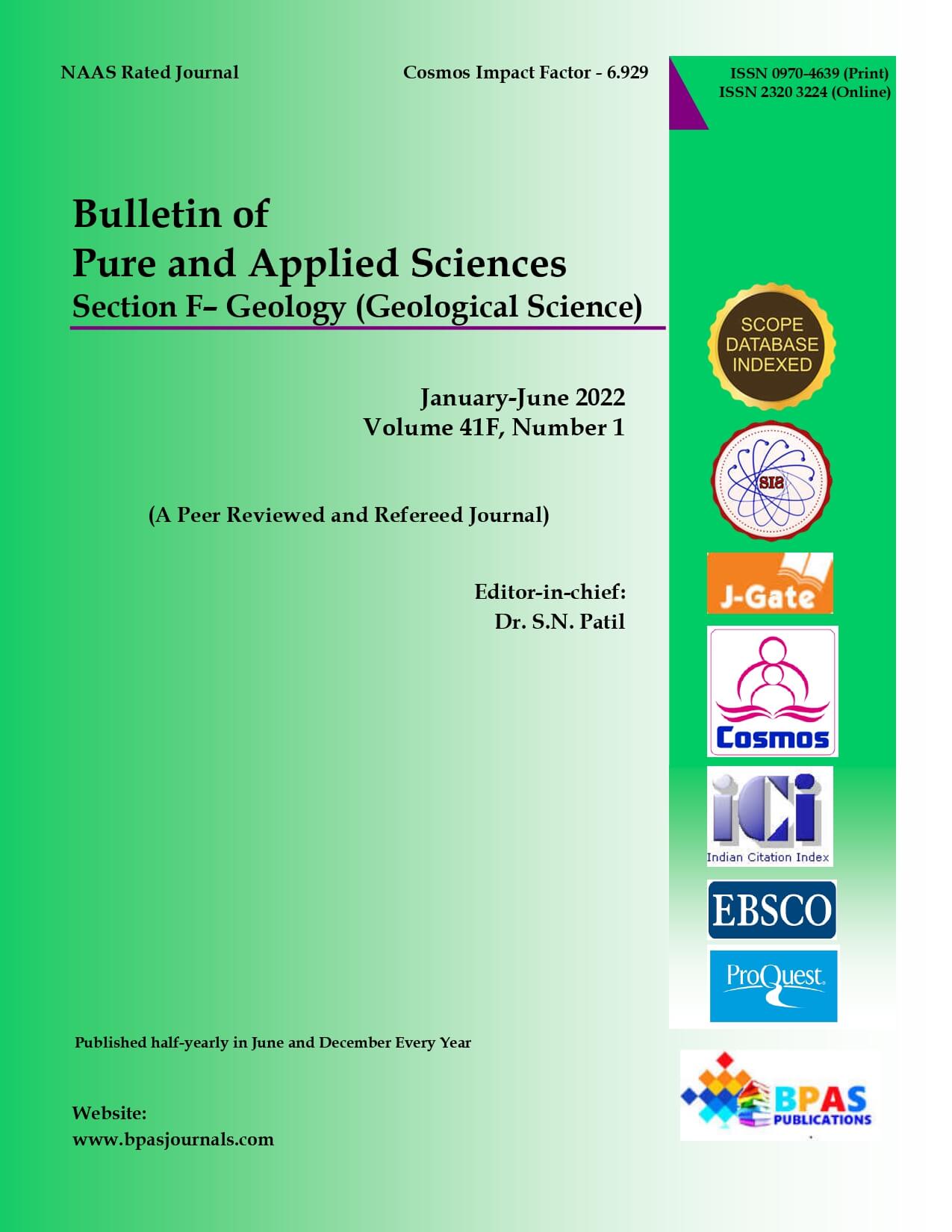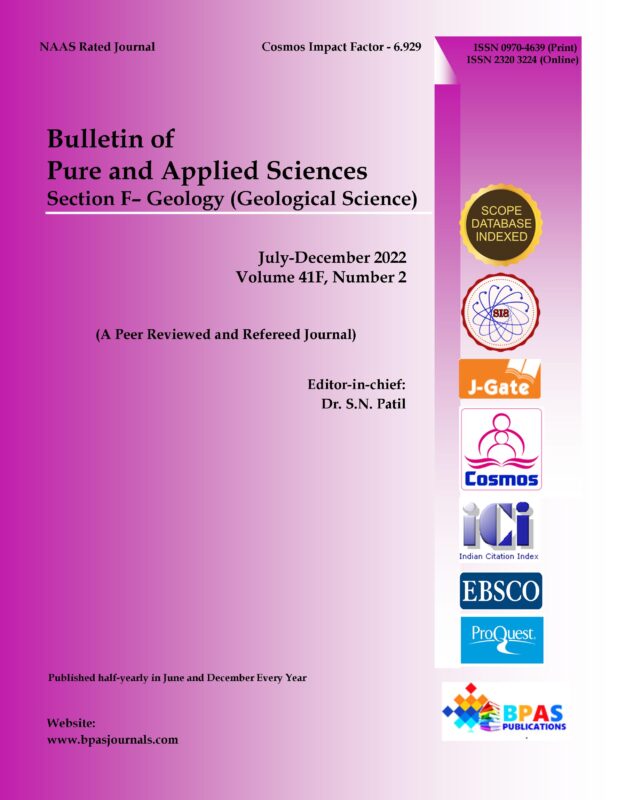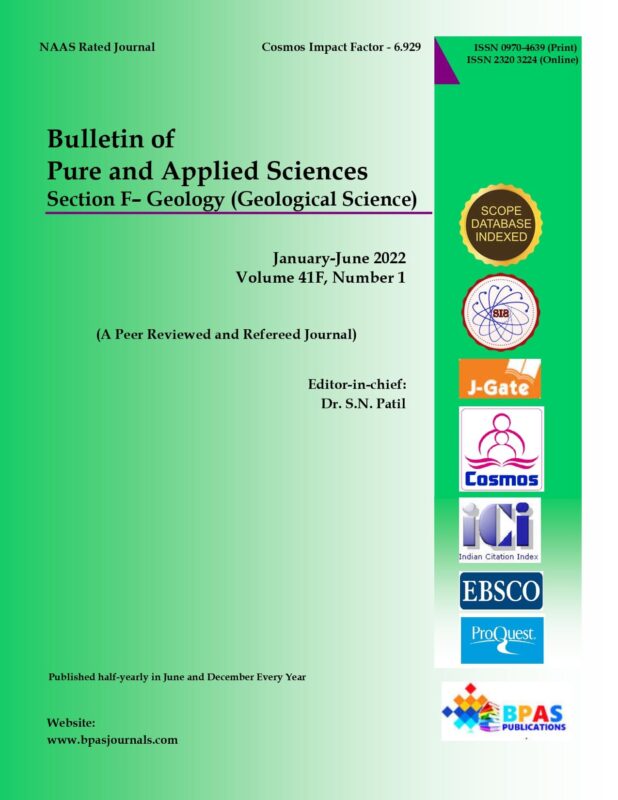View cart “Assessment of Flood Hazard Zone Using Remote Sensing & GIS – A Case Study of Panchganga River Basin, Kolhapur District, Maharashtra” has been added to your cart.
Geology, Mode of Occurrences and X-Ray Diffraction Studies of Cretaceous Phosphatic Nodules, Nambakuruchi Block of Tiruchirappalli District, Tamil Nadu, India
9.38$
Year : 2022,
Volume & Issue : BPAS-Geology 41F(1), JAN-JUN 2022
Page No. : 142-148,
Article Type : Original Aticle
Article DOI : 10.5958/2320-3234.2022.00012.9 (Received on 30.01.2022, Revised on 26.05.2022, Accepted on 30.05.2022)
Categories: 41F(1), JAN-JUN 2022, BPAS-Geology
Description
Description
*Ajhar Hussain1, K.F. Khan1 and Firoz Ahmad2
Author’s Affiliation : 1Department of Geology, Aligarh Muslim University, Aligarh, Uttar Pradesh 202002, India 2Department of Statistics and Operation Research, Aligarh Muslim University, Aligarh, Uttar Pradesh 202002, India
Corresponding Author : Ajhar Hussain, Department of Geology, Aligarh Muslim University, Aligarh, Uttar Pradesh 202002, India,
E-Mail:-glyazhar@gmail.com
Abstract
The Cretaceous phosphatic deposits of Tiruchirappalli district Tamil Nadu is one of the critical exposers in the world. The present studies revealed that the geological set-up, mode of occurrence and mineralogical character based on X-Ray diffraction studies. The basement of the Cretaceous phosphatic deposits is Archean, which is overlain by the Upper Gondwana, followed by the Uttatur, Tiruchirappalli, Ariyalur, Niniyur, Cuddalore, and Alluvium. The phosphatic deposits consist of the Uttatur Group in Karai formation. The type of occurrence of the phosphate is in nodular form exposed on the land with Maruvattur Clay or Karai Shale showing badland topography. The size of nodules varies from sizes 2 to 5 cm width and 6 – 20 cm length with different shapes like circular, cylindrical, conical, rectangular, and elliptical. The surface colour is yellow to ferruginous. The XRD revealed that the CFA is the main phosphate mineral and calcite, quartz, montmorillonite, and hematite are the gangue minerals present in phosphatic nodules.
Keywords
XRD, Cretaceous, Phosphatic Nodules, Mineralogy, Occurrence, Tamil Nadu.



